koenji, suginami
Koenji and Three More Fantastic Suginami Neighborhoods!
Thuy Fang
Posted on May 20, 2024
Share:
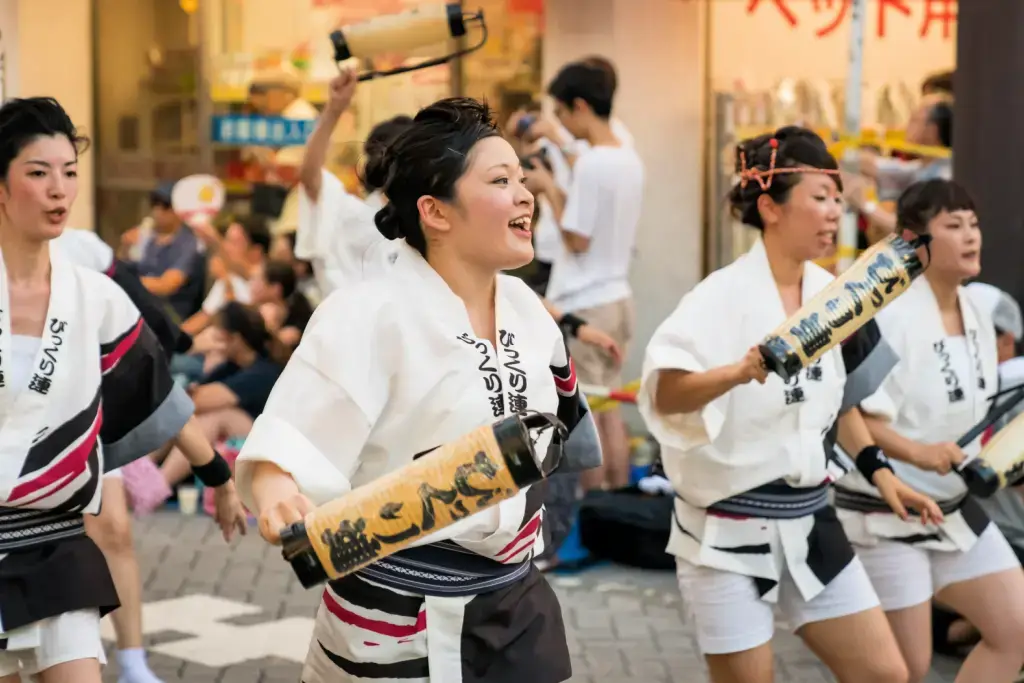
Suginami-ku (Suginami Ward) is one of the prestigious and large wards of the magnificent Tokyo. The ward has four exceptional neighborhoods, one of which is Koenji. Koenji is highly renowned for its cultural and historical values and is loved by many Japanese for its entertainment options. These places have also become attractions that draw tourists worldwide to Japan. Explore and discover more exciting things about this ward and its four fantastic neighborhoods!
Where is Suginami-ku?
Suginami-ku is located west of the popular Shinjuku. In 1932, this ward became an official part of Tokyo. But before that, it was all about the beautiful cedar trees lining the roads, giving it the name “Suginami,” which means “avenue of cedar.”
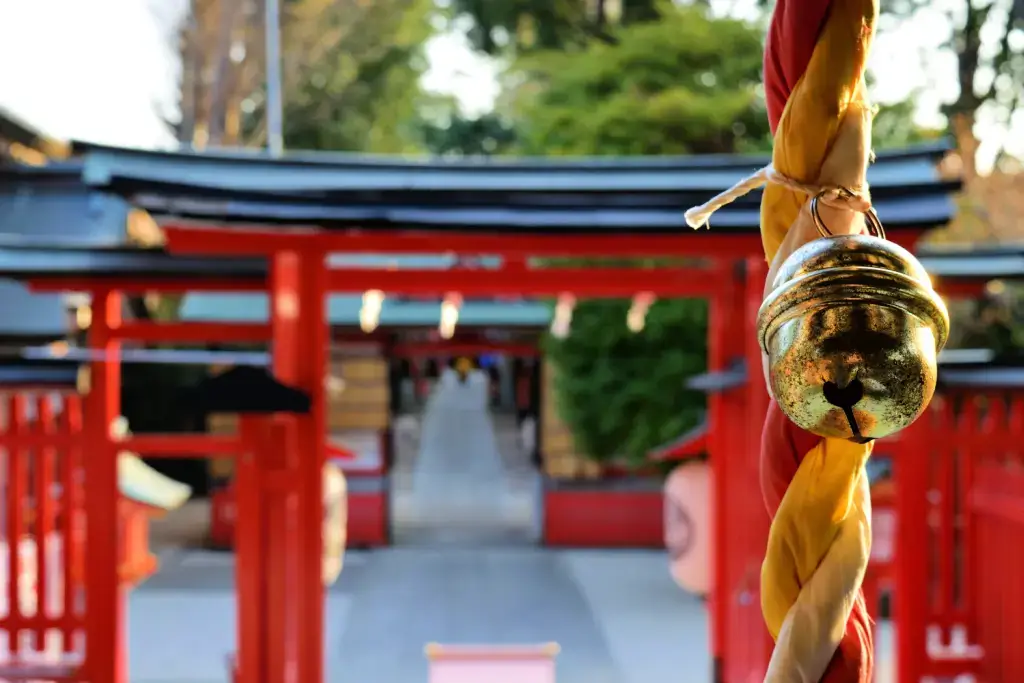
Farming was the main activity there in the past. However, after a big earthquake in 1923, many folks moved from the essential parts of Tokyo to Suginami, making it a bustling area. The ward used to have a spacious area for making airplanes, but now, it’s already turned into a park and an office space.
Today, Suginami has become a big ward with about 520,000 residents! There’s this really cool museum where you can learn about Suginami’s story from a long time ago until now. It’s also got adorable towns like Koenji, Asagaya, Ogikubo, and Nishi Ogikubo. They’re like little colorful spots on a big map along the train lines. Let’s dive deeper into these four interesting places right away!
Koenji
Koenji is an excellent and creative center of Tokyo, which is not too far from the busy Shinjuku area. It all started back in the 1960s during Japan’s radical student movements, and now, Koenji is like a special place for all things alternative and funky. You’ve got charming boutiques, unique cafes, and loads of live music venues where you can catch some incredible tunes from punk rock to J-pop.
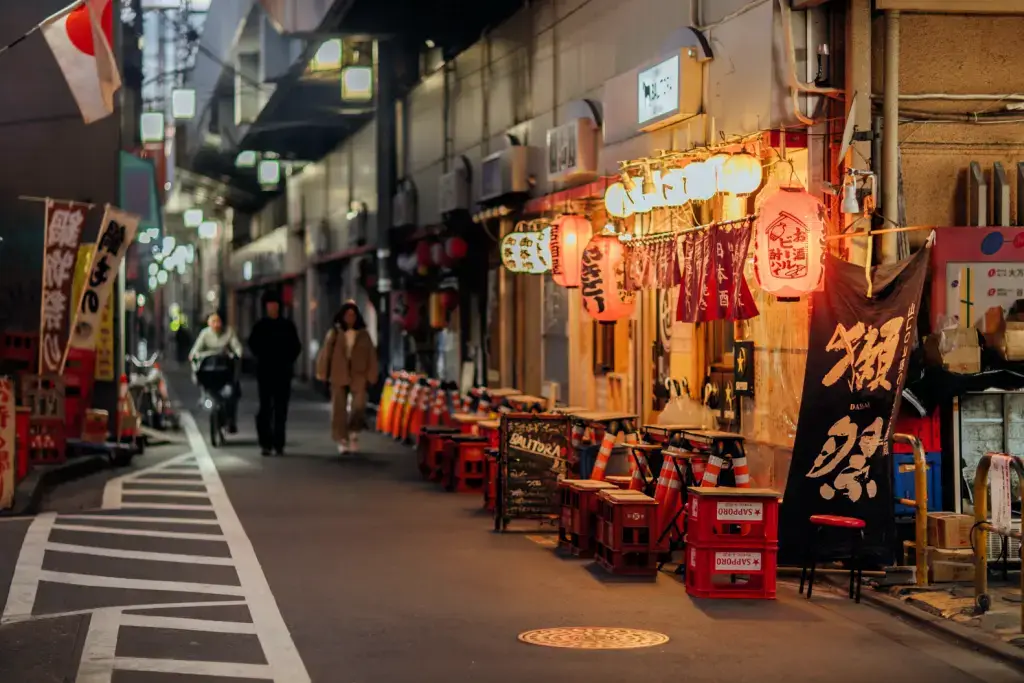
Koenji is a shopper’s paradise, especially if you’re into vintage finds. It has cute little streets like Koenji Junjo Shopping Street and Koenji Nakadori Shopping Street. Here, you’ll find lovely vintage clothing shops where you can discover clothes for different styles! When the night falls, Koenji transforms into a vibrant hub of activity. The narrow alleys light up with the buzz of tiny bars and restaurants serving delicious treats. In addition, if you’re around in the summer, don’t miss the Koenji Awa Odori festival. It’s like a grand street party with dancers and music filling the streets!
Are you looking for some amazing snacks from the Tokyo area? Check out Sakuraco! Sakuraco delivers traditional Japanese snacks, teas, sweets, and snacks from local Japanese makers directly to your door so you can enjoy the latest treats from Japan!
Ogikubo
Ogikubo, a cozy corner of Suginami-ku, offers a vibrant mix of shops, restaurants, and attractions. This town has a rich history dating back decades. It’s said to be the birthplace of Tokyo-style ramen, with its unique twist of using fish-based broth instead of the more common pork. Ramen lovers flock to Ogikubo to savor this one-of-a-kind flavor that’s been enjoyed for generations.
One of the highlights of Ogikubo is Kyokai-dori, a charming shopping street perfect for a leisurely walk. Here, you’ll discover a treasure trove of shops and restaurants. Whether searching for souvenirs or simply wanting to enjoy the local vibe, Kyokai-dori must be the place to go!
Yet, Ogikubo isn’t just about shopping and dining; it’s also a place where you can connect with nature. The neighborhood is home to three beautiful gardens, each with unique charm. From the historic grounds of Tekigaiso to the tranquil surroundings of Otaguro Park, these green spaces offer a peaceful retreat from the hustle of city life.
Nishi-Ogikubo
Nishi-Ogikubo, nestled along the Chuo Line in Tokyo, has been around for a long time, since the early 1900s! Nowadays, it’s renowned for its art and antiques district, boasting the largest concentration of antique shops in Tokyo. This neighborhood has a delightful “historic district” feel, with locally-owned businesses lining the streets.
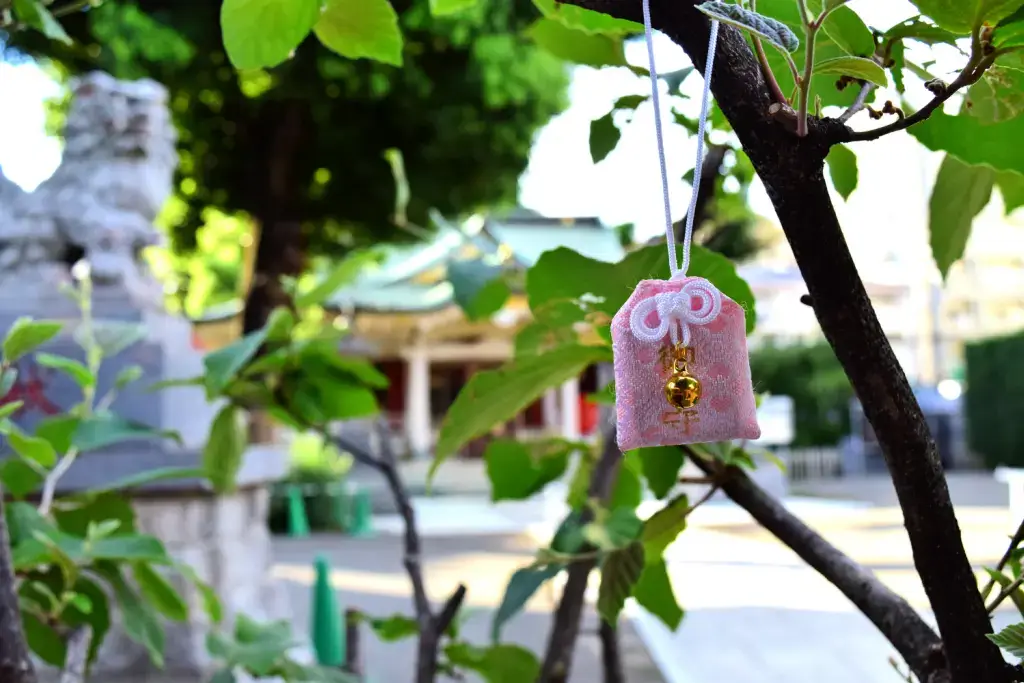
At night, the bustling streets of this town light up with bars and restaurants, perfect for anyone looking for Tokyo’s nightlife scene. Furthermore, visitors can immerse themselves in the neighborhood’s rich culture by participating in various annual celebrations, such as the traditional Owara Kaze no Mai festival and Hello Nishiogi event.
One beloved attraction is Zenpukuji Park, a serene spot where visitors can enjoy relaxing strolls and boat rides on the calm ponds. Nearby, Igusa Hachimangu Shrine also offers people a brief look into Japan’s spiritual heritage, with its expansive grounds and exciting festivals.
Asagaya
Asagaya is a lively neighborhood in Suginami Ward, boasting a rich history and diverse attractions. Entertainment flourishes in Asagaya, with theaters like Hitsuji-za and music venues lining its streets. The Pearl Center shopping arcade, established in 1975, is full of shops offering traditional Japanese souvenirs and trendy fashion items. Also, you’ll find lots of great eateries and bars offering a taste of local cuisine.
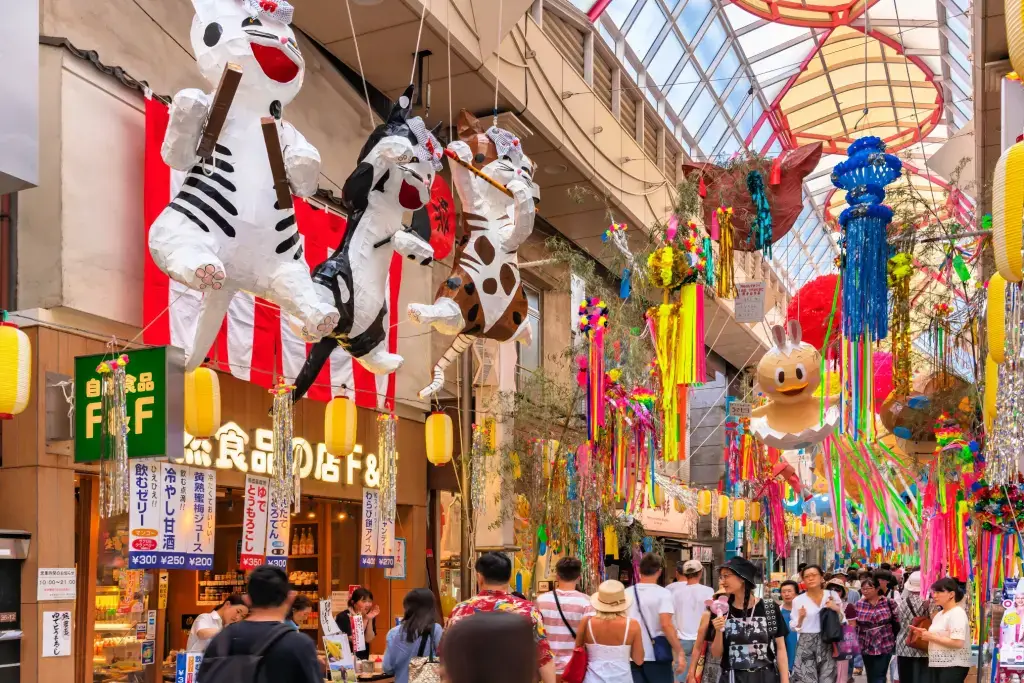
Throughout the year, Asagaya comes alive with festivals like the Tanabata Matsuri and the Asagaya Jazz Streets Festival, attracting crowds with colorful decorations and live music performances. The Tanabata Matsuri, held in early August, features colorful paper mache ornaments adorning the streets. Then, in October, the Jazz Streets festival celebrates Asagaya’s musical heritage. Moreover, don’t forget to stop by Zenpukujigawa Park. It’s a peaceful and stunning spot by the river. In springtime, it also becomes a great venue for seeing gorgeous cherry blossoms.
Why should I visit Suginami neighborhoods like Koenji?
Well, they’re like hidden treasures waiting to be explored! From the vibrant streets of Koenji to the cozy corners of Ogikubo and Nishi-Ogikubo, there’s so much to experience. When visiting each town, you can shop for vintage finds, enjoy tasty local cuisine, or immerse yourself in traditional festivals and cultural events. So, why not plan a trip to Tokyo and discover the charm of these unique neighborhoods yourself? Leave a comment below and let us know which location you’re most excited to explore!

Discover authentic flavors with Sakuraco
Get Sakuraco 

Discover authentic flavors with Sakuraco
Get Sakuraco 
Related Articles

Japanese Fish Bait: The Beautiful Art of Kebari
Kebari are traditional hand-tied flies used for freshwater fishing in Japan, especially in mountain streams where small insects form the main diet of native fish. Instead of bright plastic lures, kebari use feathers, thread, and natural materials to create subtle movements in the water.

Japan Holidays Guide: Relax, Explore, and Delight in Festive Fun
As the year draws to a close, everywhere buzzes with preparations for the holidays, and Japan is no exception. Despite the cold winter weather, you can feel warmth in the scenery, decorations, and festive activities across the country. Let’s explore the unique experiences of holidays in Japan that many people dream of enjoying at least once in their lifetime!

Tokyo Gardens: Five Beautiful Traditional Japanese Gardens to Visit
Tokyo gardens offer a relaxing escape for visitors looking to get a breath of fresh air. However, Tokyo has more than just the typical gardens we see in the West. Let’s explore five traditional Japanese gardens and what makes them unique!

Japan Cruise Spotlight: The Ultimate Guide to Abashiri Icebreaker!
Japan offers a diverse range of cruise experiences, taking in various stunning landscapes. But, in the chilly grip of winter, some voyages pull in adventurers from around the globe. At the forefront of these wintry trips is the Abashiri Icebreaker Cruise in Hokkaido.



